Ariane 6 launches GRBBeta: small satellite, big astrophysics
Friday, 14 June 2024 09:40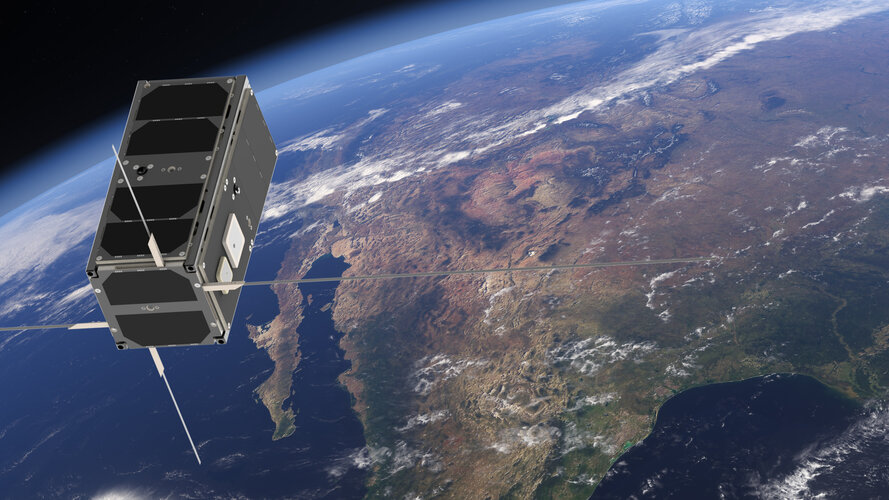
Europe’s newest rocket soon launches, taking with it many space missions, each with a unique objective, destination and team at home, cheering them on. Whether launching new satellites to look back and study Earth, peer out to deep space or test important new technologies in orbit, Ariane 6’s first flight will showcase the versatility and flexibility of this impressive, heavy-lift launcher. Read on for all about GRBBeta, then see who else is flying first.
Ariane 6 first flight tracking infographic
Friday, 14 June 2024 07:16Week in images: 10-14 June 2024
Friday, 14 June 2024 07:10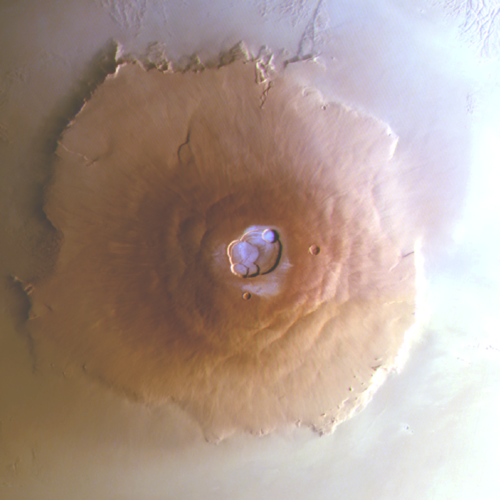
Week in images: 10-14 June 2024
Discover our week through the lens
Earth from Space: Heel of Italy
Friday, 14 June 2024 07:00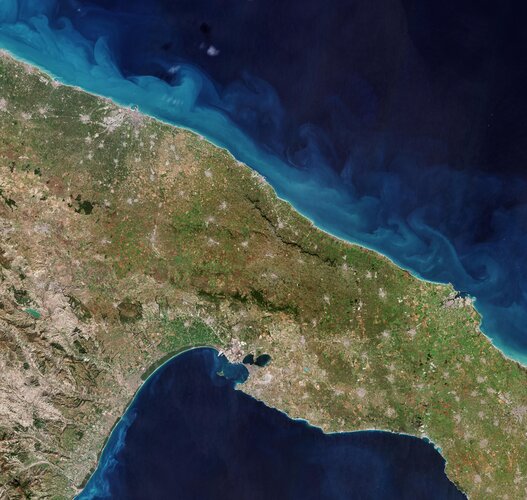 Image:
The Copernicus Sentinel-2 mission takes us over a section of Italy’s heel in the southern part of the boot-shaped peninsula.
Image:
The Copernicus Sentinel-2 mission takes us over a section of Italy’s heel in the southern part of the boot-shaped peninsula. Blue Origin, SpaceX, ULA win $5.6 billion in Pentagon launch contracts
Thursday, 13 June 2024 22:14

Blue Origin, SpaceX, ULA to compete for $5.6 billion in Pentagon launch contracts
Thursday, 13 June 2024 22:14

SIA reports more record growth for the global commercial satellite industry
Thursday, 13 June 2024 21:16

House Appropriations Committee pares back Space Force budget request
Thursday, 13 June 2024 19:55

NASA cancels spacewalk at ISS over 'spacesuit discomfort issue'
Thursday, 13 June 2024 19:43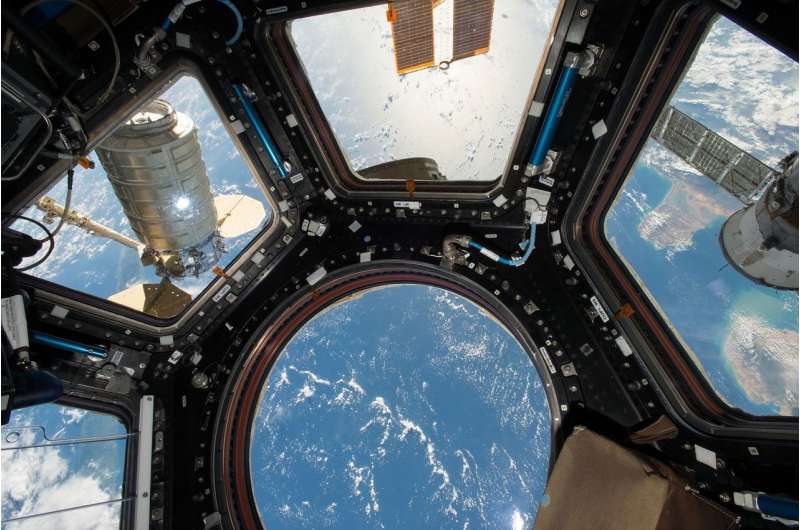
A spacewalk scheduled for two astronauts outside the International Space Station was canceled by NASA about an hour before it was to begin Thursday morning.
"The spacewalk today, June 13, at the International Space Station did not proceed as scheduled due to a spacesuit discomfort issue," NASA said on its blog. No other details were immediately given.
"The spacewalk today, June 13, with NASA astronauts Tracy C. Dyson and Matt Dominick at the International Space Station will not be proceeding as scheduled," NASA said.
NASA said Tracy C. Dyson and Matt Dominick, the astronauts scheduled for the space walk, started taking off their spacesuits at approximately 7:25 am EDT, about an hour before the crew was anticipated to exit the ISS through an airlock.
Dyson and Dominick's spacewalk was supposed to include station maintenance and science work.
In announcing the spacewalk, NASA said two astronauts would remove some communications equipment from one of the ISS's laboratory modules with assistance from a robotic arm on the station. Dyson and Dominick were also going to swab surfaces on the ISS to "determine if microorganisms released through station vents can survive the external microgravity environment.
U.S. to rely on commercial satellites to image spacecraft in orbit
Thursday, 13 June 2024 19:10

New approach could take space missions to new heights
Thursday, 13 June 2024 17:12
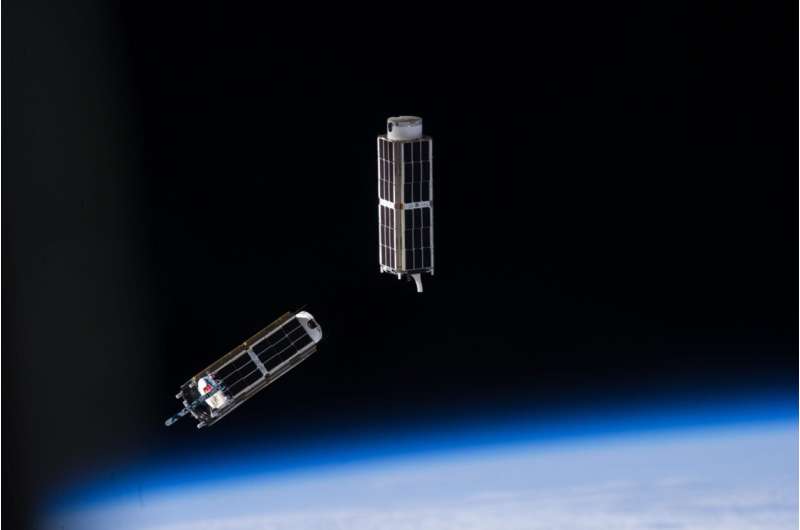
New Curtin University research could change how space missions are conducted and lead to improvements in industries as diverse as environmental management, agriculture, disaster management and infrastructure inspection.
A team from Curtin's School of Earth and Planetary Sciences has developed a breakthrough in operating and monitoring small satellites, known as CubeSats.
The project saw new algorithms created to use links between satellites to precisely determine a CubeSat's position, whether flying individually or in formation.
Project lead Professor Ahmed El-Mowafy said the new approach overcomes many of the constraints faced when using CubeSats, such as their small size and changes in aerodynamic forces affecting their orbits.
"These new methods mean CubeSats can now operate more independently, without the need for constant human control," Professor El-Mowafy said.
"When human control is needed, the CubeSats are simpler to manage and can be guided and controlled in real time—making them far more efficient to use in space missions.
"We can now operate them and be precise down to a few centimeters, which is a huge improvement on the previous accuracy level of several meters.







